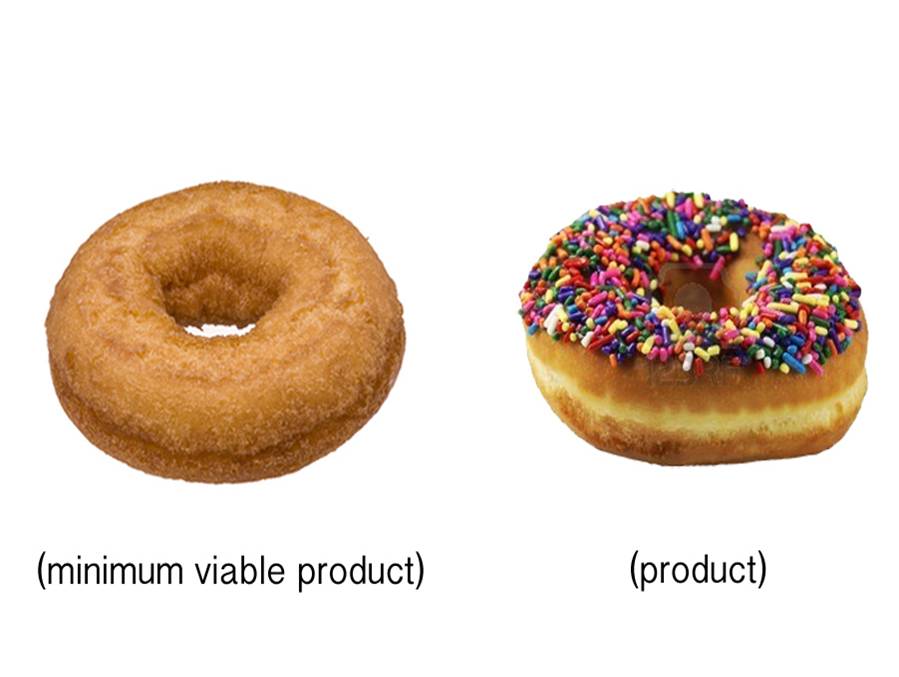 For all those individuals working in a startup environment, there are three key words to consider, particularly early on in the business. They are “minimum viable product” (MVP).
For all those individuals working in a startup environment, there are three key words to consider, particularly early on in the business. They are “minimum viable product” (MVP).
As a startup, you need to be willing to put your product, service or feature out there in the market and drive feedback for continuous improvement purposes far before the product is “finished”.
What is a minimum viable product?
A Minimum Viable Product has just those features that allow the product to be deployed, and no more. The product is typically deployed to a subset of possible customers, such as early adopters that are thought to be more forgiving, more likely to give feedback, and able to grasp a product vision from an early prototype or marketing information. (Source: Wikipedia)
You may or may not be looking to drive revenue from the MVP. For some companies, the MVP could be used solely for market testing purposes to discover what customers like. For others, the MVP could be their version 1.0 of a product release. Ultimately though, it is targeted at early adopters that can provide proactive input.
In Canada in particular, we love to overdevelop our product for release to the market. The challenge with this is that without live customer feedback and a source of revenue, how do you improve your product effectively and keep the lights on? There is a critical point when you need to go to market and get the product infront of and used by real customers to help you vet it.
Keys to Developing an MVP
In my eyes, the goals for developing and releasing a minimum viable product include:
- Product – The feature or service must be operational at a core level, but without bells and whistles
- Early Adopters – Seek out willing early adopters to try your product/service and provide you with feedback
- Iterate – You must be willing to take and act of feedback provided by your customers (the early adopters)
- Set Expectations – Let clients and prospects know upfront as to the capabilities of the MVP product or service
- Incentivize MVP partners – For startups in particular, provide incentives for your MVP testing partners to work with you and then reward them to stay if it works out
- Support – Provide an excellent level of customer service to your MVP partners
Over the years we’ve had a number of clients in this situation. One I remember provided a platform for educational institutions and over the course of years continuously refined their platform based on customer feedback. The first few iterations of their platform was not perfect, but it was functional. It allowed them to get into the market, build up a reputation, drive revenue, get customer feedback and drive improvements based on that feedback. Today they own their segment of the market and have built up a great annuity-based business.
I hope you find these few quick tips helpful when you are deciding whether your product or service is ready to go to market. For more insight into sales strategy and tactics, please feel free to sign up for our newsletter.
